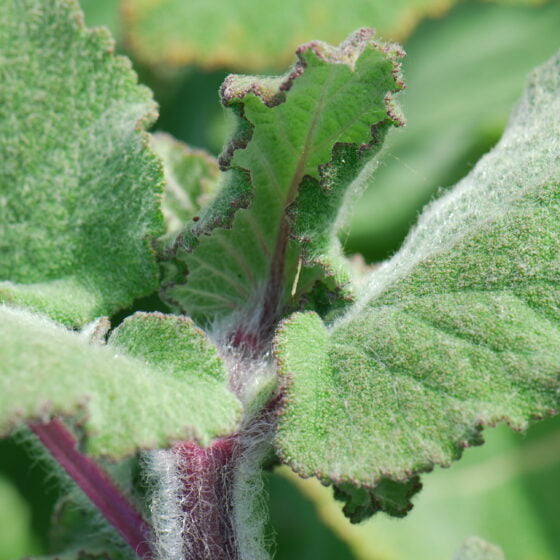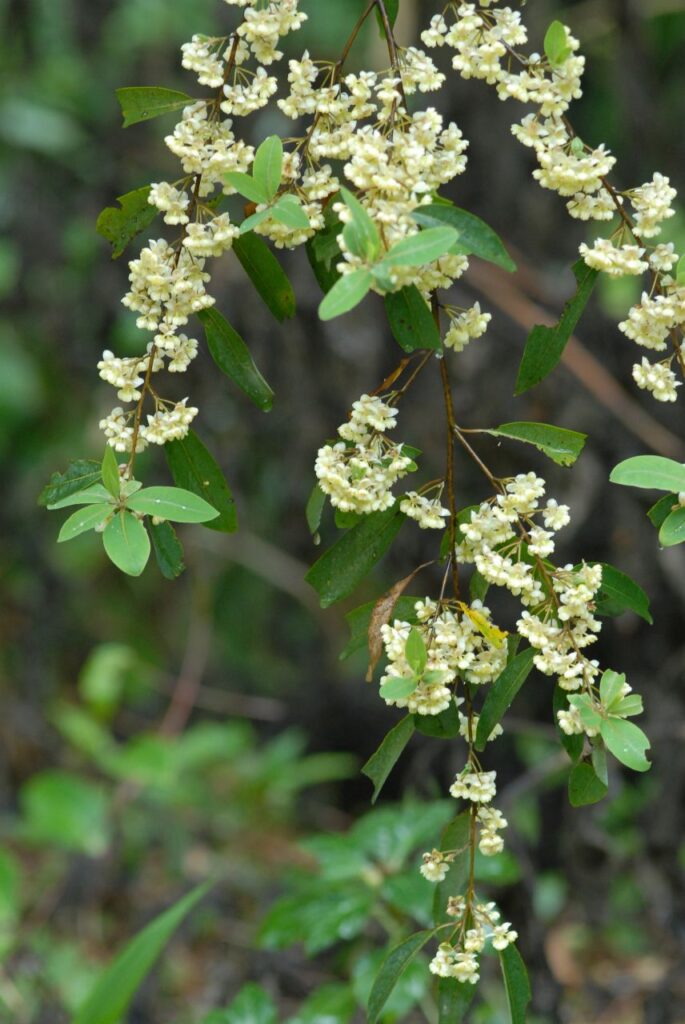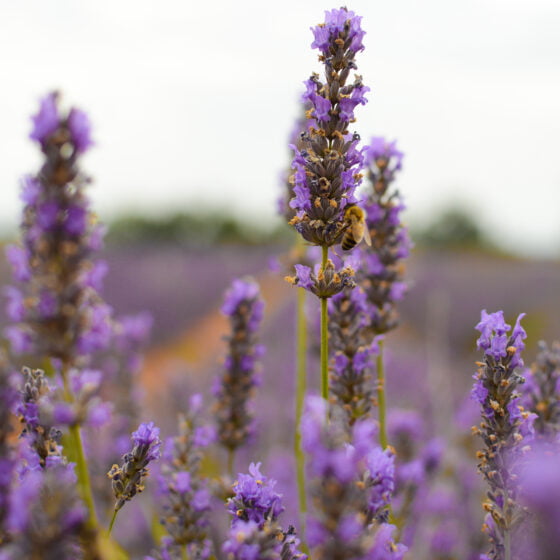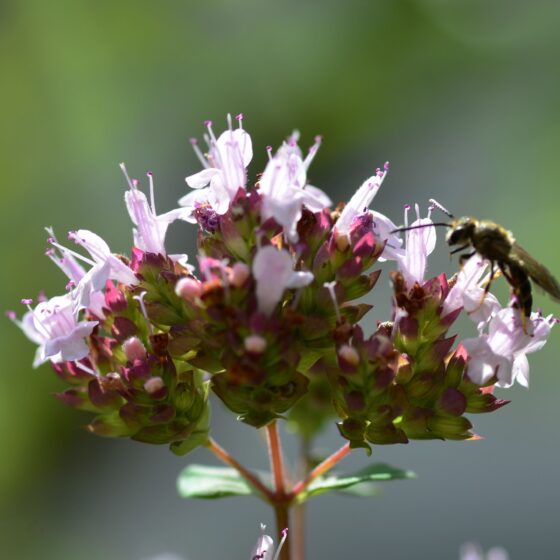
Litsea cubeba China
Litsea cubeba
General data
Harvest Calendar
- J
- F
- M
- A
- M
- J
- J
- A
- S
- O
- N
- D
Product details Well-being side
Calming, anti-inflammatory, analgesic. Brings back light, dispels gloom, promotes friendliness and openness to others.
*The aromatherapy properties in this document are excerpted from reference books, scientific articles, or specialized websites and are provided to customer for its information and internal use only. Claims on a finished product remain the responsibility of the company making the finished product available on the market. About
Litsea cubeba, commonly called May Chang, is a small tree that grows up to 12 meters in height in mountainous regions. It belongs to the Lauraceae family, along with the cinnamon tree, laurel or sweet bay, rosewood, and ravintsara. It has simple, alternate, evergreen leaves. The fruits are shaped like small berries, with a fleshy mesocarp and thin pericarp, and are harvested between July and September. They are distilled fresh for an essential oil that is intensely lemony, herbaceous, and fruity. Native to Southeast Asia, Litsea cubeba’s Chinese name of May Chang is consistent with its significant presence in China, Taiwan, and Japan. In China, it grows wild in the southern portion the country, but is also grown successfully in the center and east.
Litsea cubeba, little known in the West, is very popular in Asia. The plant’s roots and branches are used in traditional Chinese medicine. It has many nicknames in various languages, all referring to its powerful lemony scent reminiscent of that of verbena, like “exotic verbena,” “Yunnan verbena,” and “tropical verbena.” The fruit’s shape, resembling a peppercorn, inspired the scientific name; in fact, “cubeba” was borrowed from the pepper plant Piper cubeba. The common name of “mountain pepper” was also inspired by the shape of the Litsea cubeba fruit.
Well-being side
Calming, anti-inflammatory, analgesic. Brings back light, dispels gloom, promotes friendliness and openness to others.
About
Litsea cubeba, commonly called May Chang, is a small tree that grows up to 12 meters in height in mountainous regions. It belongs to the Lauraceae family, along with the cinnamon tree, laurel or sweet bay, rosewood, and ravintsara. It has simple, alternate, evergreen leaves. The fruits are shaped like small berries, with a fleshy mesocarp and thin pericarp, and are harvested between July and September. They are distilled fresh for an essential oil that is intensely lemony, herbaceous, and fruity. Native to Southeast Asia, Litsea cubeba’s Chinese name of May Chang is consistent with its significant presence in China, Taiwan, and Japan. In China, it grows wild in the southern portion the country, but is also grown successfully in the center and east.
Litsea cubeba, little known in the West, is very popular in Asia. The plant’s roots and branches are used in traditional Chinese medicine. It has many nicknames in various languages, all referring to its powerful lemony scent reminiscent of that of verbena, like “exotic verbena,” “Yunnan verbena,” and “tropical verbena.” The fruit’s shape, resembling a peppercorn, inspired the scientific name; in fact, “cubeba” was borrowed from the pepper plant Piper cubeba. The common name of “mountain pepper” was also inspired by the shape of the Litsea cubeba fruit.
Other type of extracts
(Aromatic)



